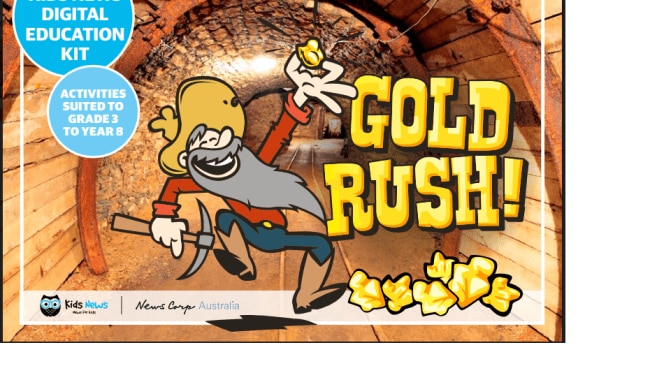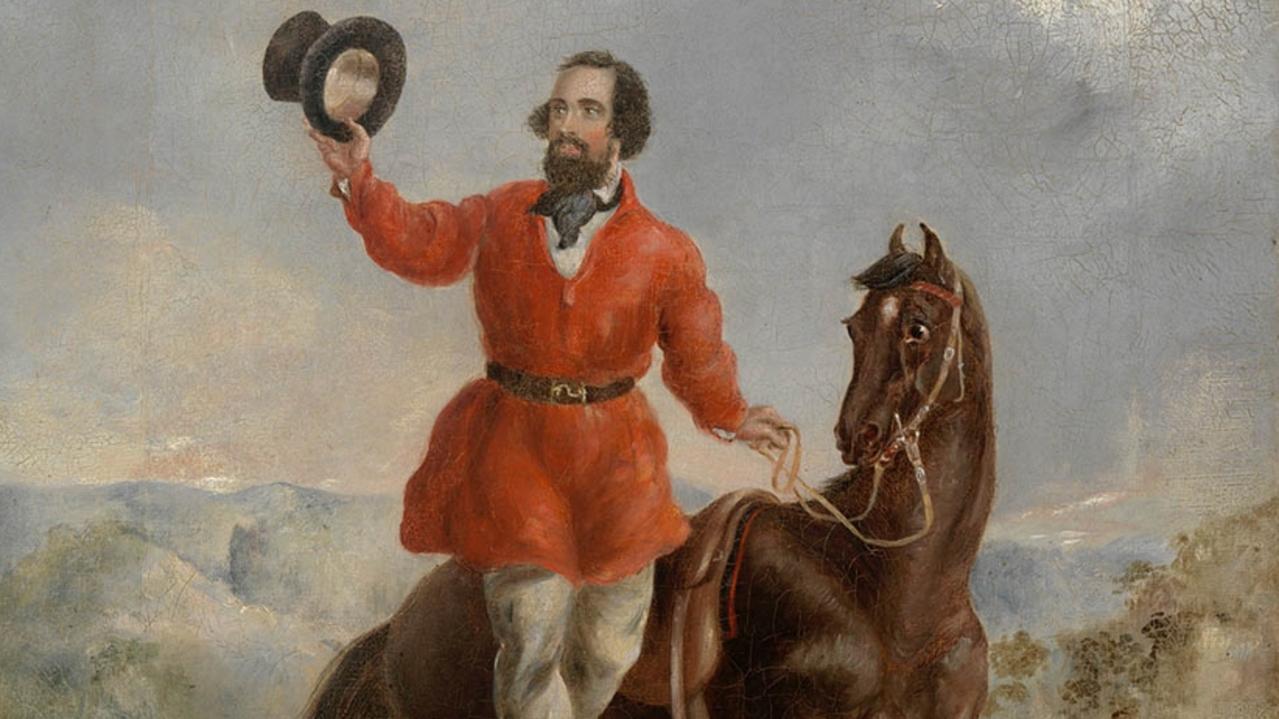Come see Australia, where the streets are paved with gold
LEGACY: The wealth of the Gold Rush built beautiful boom towns that tourists still come to see from all over the world
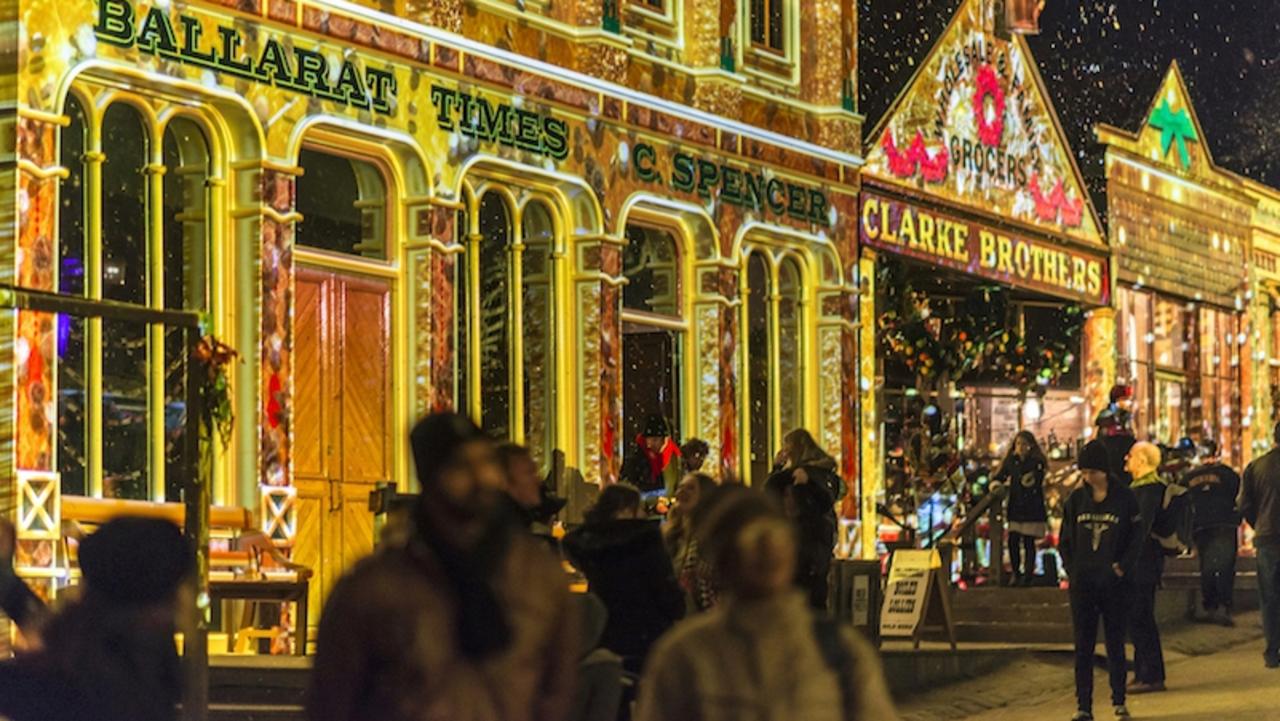
READING LEVEL: GREEN
The European settlement of Melbourne was only about 15 years old and no more than a little country town when the Gold Rush began. Ballarat and Bendigo were just sheep farms.
Within another 10 or 15 years, Melbourne, Bendigo and Ballarat were boom towns.

The Melbourne docks were full of ships bringing people, supplies and luxuries the newly rich miners wanted to buy, before being loaded with gold to take back to the other side of the world, mostly to the UK. By the 1860s there were more people in Melbourne than in Sydney and Melbourne was one of the richest cities in the world.
The three big gold cities of Melbourne, Bendigo and Ballarat became sophisticated* centres with very organised streets built to a grid map. Tents and simple buildings made way for grand sandstone buildings, government offices and huge stone churches as big as those in Europe. Melbourne’s St Patrick’s Cathedral is Australia’s tallest church and the Sacred Heart Cathedral in Bendigo is the second tallest and one of the biggest.

All three cities were vibrant* places full of shops, hotels and theatres.
The gold cities’ main streets were wide, tree-lined boulevards and, by the 1880s, extravagant parks planted with European trees helped people feel like they were in grand old European cities.
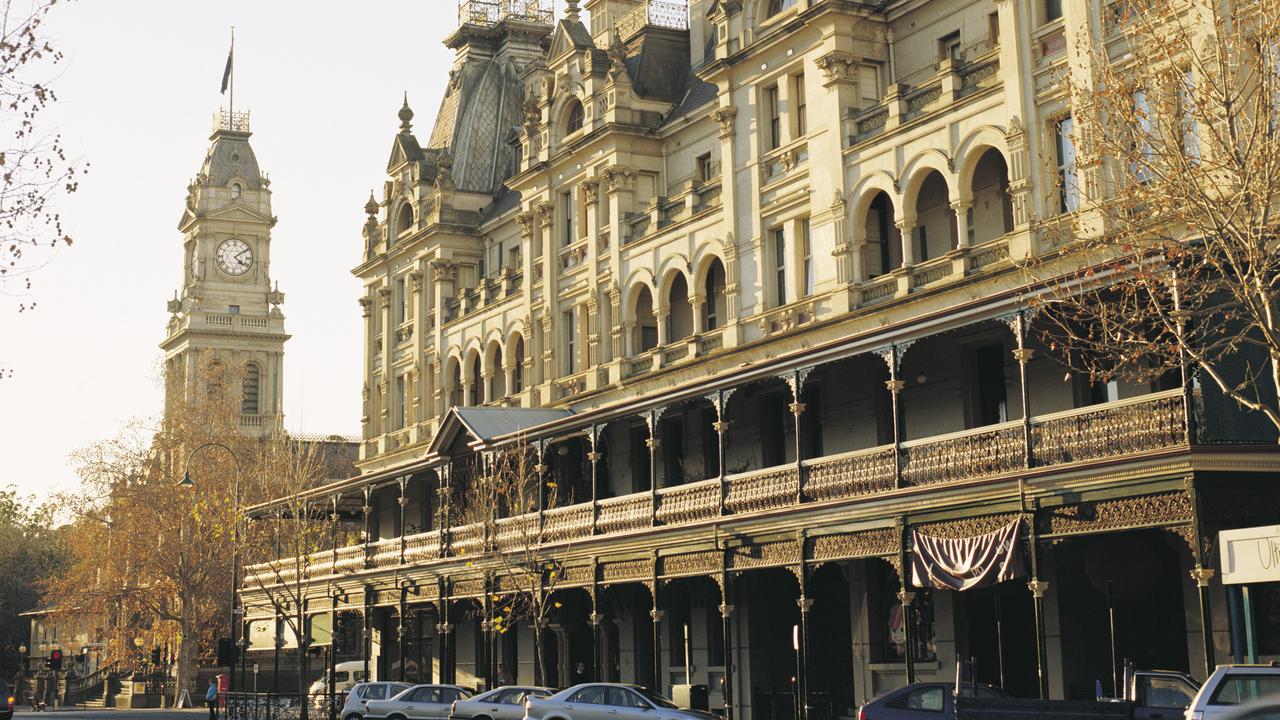
By the 1860s, Bendigo and Ballarat were more than gold towns. They were important centres of manufacturing, with flour mills, woollen mills, tanneries and factories. Bendigo historian Frank Cusack described how “the smell of jam and pickle factories, of breweries and bakeries, bacon factories and eucalyptus distilleries* permeated* the valley air”.
Leggo’s, which makes tomato products, is a Gold Rush company that began in Bendigo.
Bendigo and Ballarat also serviced the surrounding farmland, as new and old farming families used wealth from gold to employ many people and establish* grand sheep stations with huge homesteads.
Melbourne’s boom time continued on the back of a farming boom in the 1880s. Melbourne’s Exhibition Buildings were the home of Australia’s first national government from Federation in 1901 until it moved to Canberra on May 9, 1927.
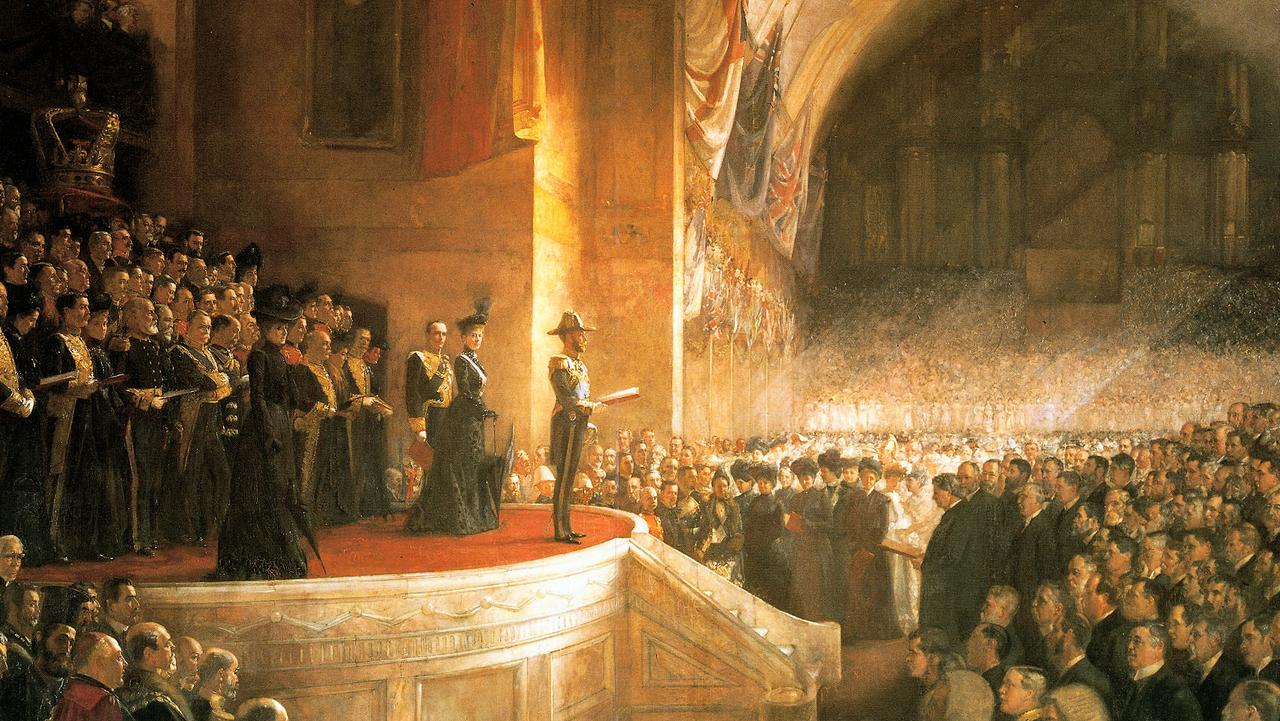
TOURISM
The Gold Rush put Australia on the global map as a great place to visit.
The young Australian colonies certainly didn’t have a good reputation* before this. A trip to Australia must have seemed to many like being sent to prison. And that’s no exaggeration* as 162,000 convicts were sent to the Australian colonies between 1788 and 1868. Convicts were still being transported to New South Wales until 1840, to Tasmania until 1853 and to Western Australia until 1868.
The end of convict transportation, the glamour of the Gold Rush and the wealth it created was a great tourism advertisement. Australia became an adventure destination, where some of the old-fashioned ways of the old countries didn’t apply, so you could make friends with people different to you and do a job different to at home. Things were a little more casual and many people were less worried about what your family did back in your old country.
While you were in Australia you could see amazing things to tell people about back home and maybe even stay forever to reinvent yourself and find your fortune.
Once the Gold Rush was over, the mines and towns of the goldfields gave later generations the chance to see what all the fuss was about. There are historic and recreated goldfields settlements and gold museums right across Australia, including the Australian Prospectors and Miners Hall of Fame at Kalgoorlie, Western Australia, a Gold Rush theme park called The Original Gold Rush Colony at Mogo, in New South Wales, and you can take a trip a long way underground in a real mine at Central Deborah, in Bendigo, Victoria.
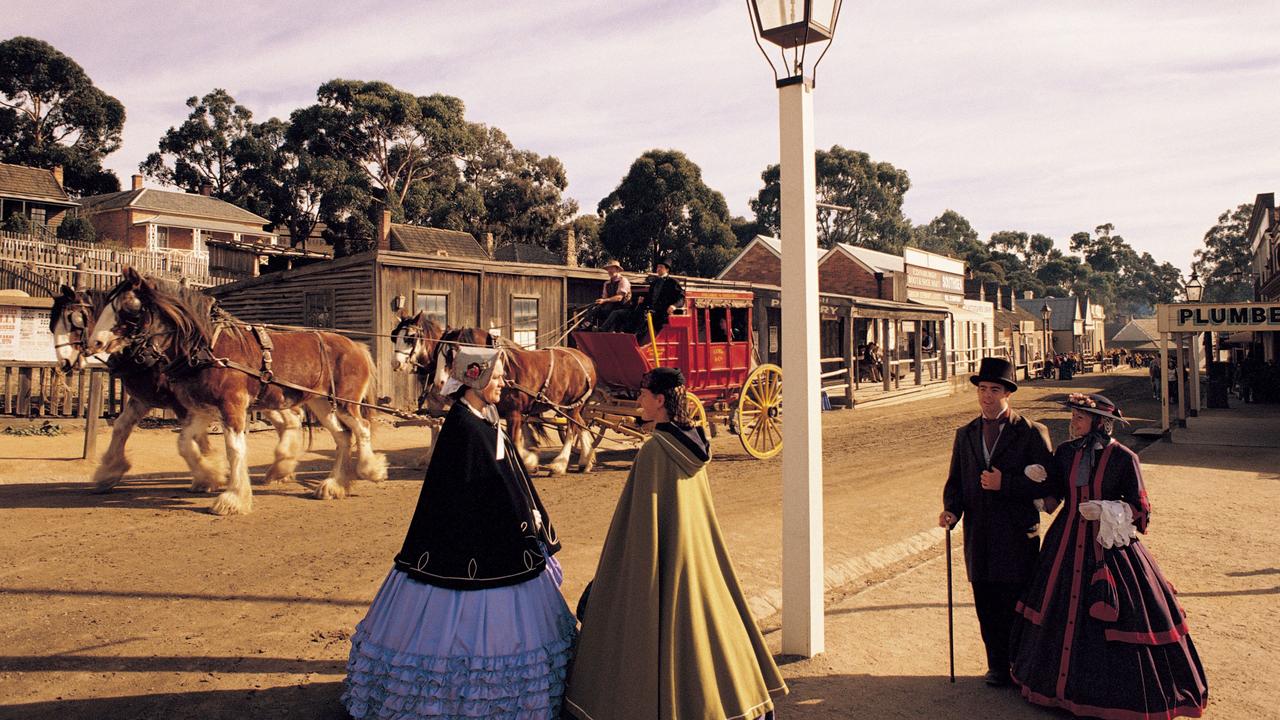
One of the biggest and best-known is Sovereign Hill at Ballarat, Victoria, which opened in 1970. It is a living museum town, where you can go down a mine, dress up in 1850s costumes, ride in a horse-drawn cart, make candles and buy old-fashioned pots and pans, clothes, food and boiled sweets, newspapers, posters and toys.
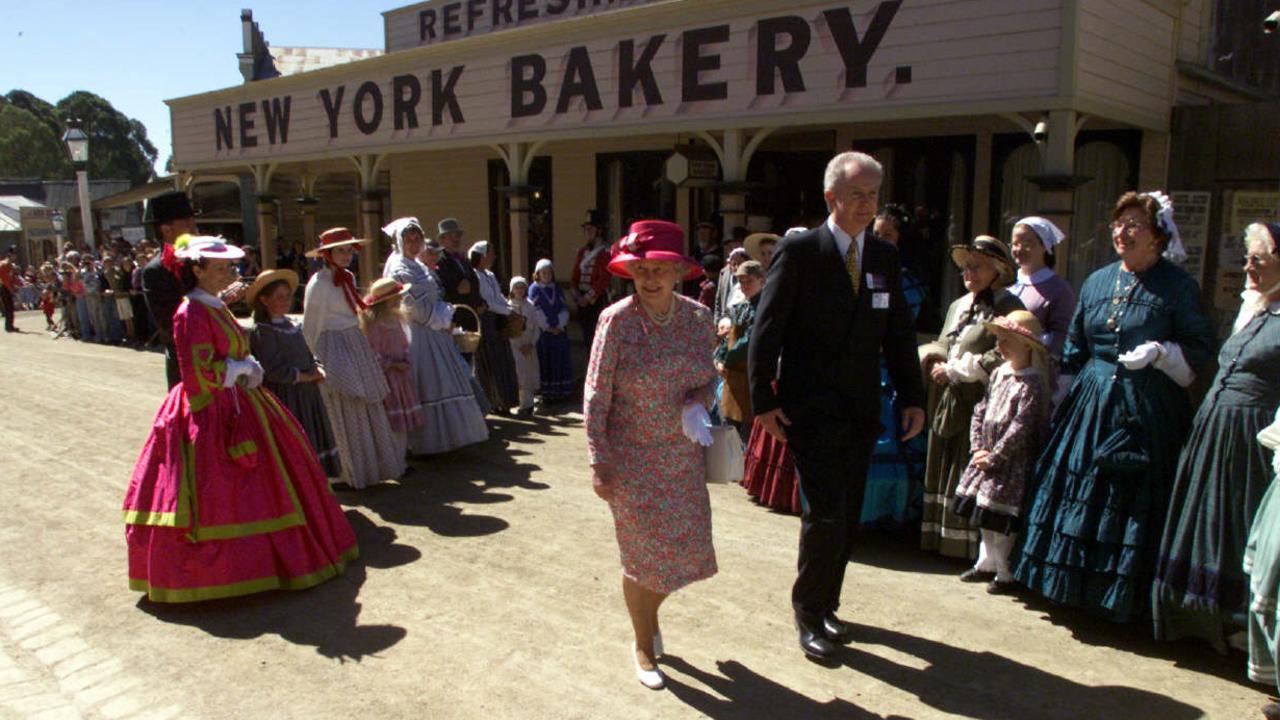
DID YOU KNOW ...
– Ballarat has the third-largest population (about 102,000) of inland cities in Australia.
– Bendigo’s population is about 96,000 and it is the fourth largest inland city in Australia.
– About 450,000 people visit Sovereign Hill and the nearby Gold Museum each year from all over the world.
EXTRA READING
Australia, world’s oldest democracy
And just like that, the Rush is on!
A big multicultural melting pot
FOR ALL GOLD RUSH STORIES, click HERE
GLOSSARY
sophisticated: experience and knowledge of world fashion and culture
vibrant: energetic
distilleries: heat something and collect the purified condensation
permeated: spread through
establish: set up
reputation: character, or what people think about someone or something
exaggeration: make something seem worse or better than it is
LISTEN TO THIS STORY
25 CLASSROOM ACTIVITIES
For 25 classroom activities on this story and much more, go to kidsnews.com.au/goldrush to purchase the Gold Rush workbook for $20 inc GST.
SOURCES
National Museum of Australia, nma.gov.au
National Library of Australia, nla.gov.au
State Library Victoria, slv.vic.gov.au
State Library of NSW, sl.nsw.gov.au
SBS, sbs.com.au/gold
KidCyber, kidcyber.com.au/gold-rush-in-australia
Growing up on the Australian Goldfields by Kimberley Webber, bit.ly/2nfbbqw
Sovereign Hill, sovereignhill.com.au and sovereignhilledblog.com
